

Aesthetic practice is currently undergoing an evolution to focus not just on helping patients to look good, but to also improve their overall health and wellness. Traditionally, the field of aesthetic medicine has focussed on the use of medically guided cosmetic treatments and procedures to improve the outward appearance of patients. However, since the COVID-19 pandemic, there has been a shift in consumer demand that emphasises a more holistic approach to wellbeing and self-care on all levels. Meaning that whilst there used to be a clear divide between wellness and aesthetics, the boundaries between the two are now fading. This has led to the fusion of aesthetics and wellness, creating an exciting opportunity that holds immense potential for both practitioners and patients alike.
According to recent research by the Global Wellness Institute, the wellness market has experienced remarkable annual growth since 2020, and is predicted to reach $7.4 trillion (£5,85 trillion) in 2051. This surge is driven by a shift towards preventative medicine and holistic health practices.
There has also been a push towards improving health at a cellular level, with recent research showing that improving cellular health is of paramount importance to influence whole body health.
Importance of weight management for wellness in patients
To address the rising demand for holistic wellbeing, aesthetic clinics are diversifying their services to include wellness-focused treatments and services.
As part of this, weight management has emerged as a popular service, complimentary to traditional aesthetics, which aims to enhance not only the physical appearance but also the health and vitality of patients.
Approximately 64% of UK adults are overweight or obese (OHID, 2024). Obesity is defined by the World Health Organization as a condition of abnormal or excessive fat accumulation in adipose tissue to the extent that health may be missing (World Health Organisation, 2000), and is defined using a measure of body mass index (BMI). Individuals are screened as overweight or obese if they have a BMI of between 25-29.9 or over 30, respectively.
Carrying excess fat is associated with major health risks and is known to increase the risk of type 2 diabetes, heart disease, arthritis, fatty liver disease, and certain cancers (Bastard et al, 2006; Hotamisligil, 2006; Avgerinos et al, 2019).
Alongside BMI, waist circumference is also a good anthropometric indicator of visceral fat and predictor of metabolic syndromes such as diabetes, hypertension, and dyslipidemia (Han et al, 2006) and it has been found that even in individuals with a normal BMI, having a large waist circumference increases the risk of such diseases.
The influence of excess body fat on overall health and disease is due to the role of adipose tissue as an endocrine organ that influences physiologically important functions (Adamczak and Wiecek, 2013). Adipose tissue is the source of the peptide hormone leptin, which regulates normal appetite and energy metabolism (Schwartz et al, 2013; Kalra et al, 1999) and contributes to controlling peripheral insulin sensitivity, free fatty acid oxidation, and lipolysis (Carter et al, 2013).
Measures of body fat are strongly correlated with proinflammatory markers (Festa et al, 2001). In individuals carrying excess body fat, adipocyte dysfunction is known to lead to a state of chronic inflammation across the body with increased serum levels of proinflammatory cytokines such as tumour necrosis factor-alpha (TNF-a), C-reactive protein (CRP) and interleukin-6 (Park et al, 2005).
Obesity and excess body fat has also been more recently linked to accelerated ageing. In a study of over 1000 people, it was found that the presence of obesity increased biological age by up to 17% above chronological age (Correa-Burrows et al, 2022). It is thought that the chronic inflammation associated with excess fatty tissue drives this increase in biological age, as chronic low-grade inflammation is a known hallmark of ageing – one of twelve cellular failures that are known to accelerate the ageing process (Franceschi and Campisi, 2014; López-Otín et al, 2023). In this study, those classified as obese also demonstrated evidence of other hallmarks of ageing including increased DNA damage and shorter telomeres (Correa-Burrows et al, 2022; Mundstock et al, 2015). Furthermore, several other studies have also demonstrated that obesity leads to other hallmarks of ageing including mitochondrial dysfunction (Tam et al, 2020), epigenetic alteration (Salvestrini et al, 2019) and senescence (Tam et al, 2020).
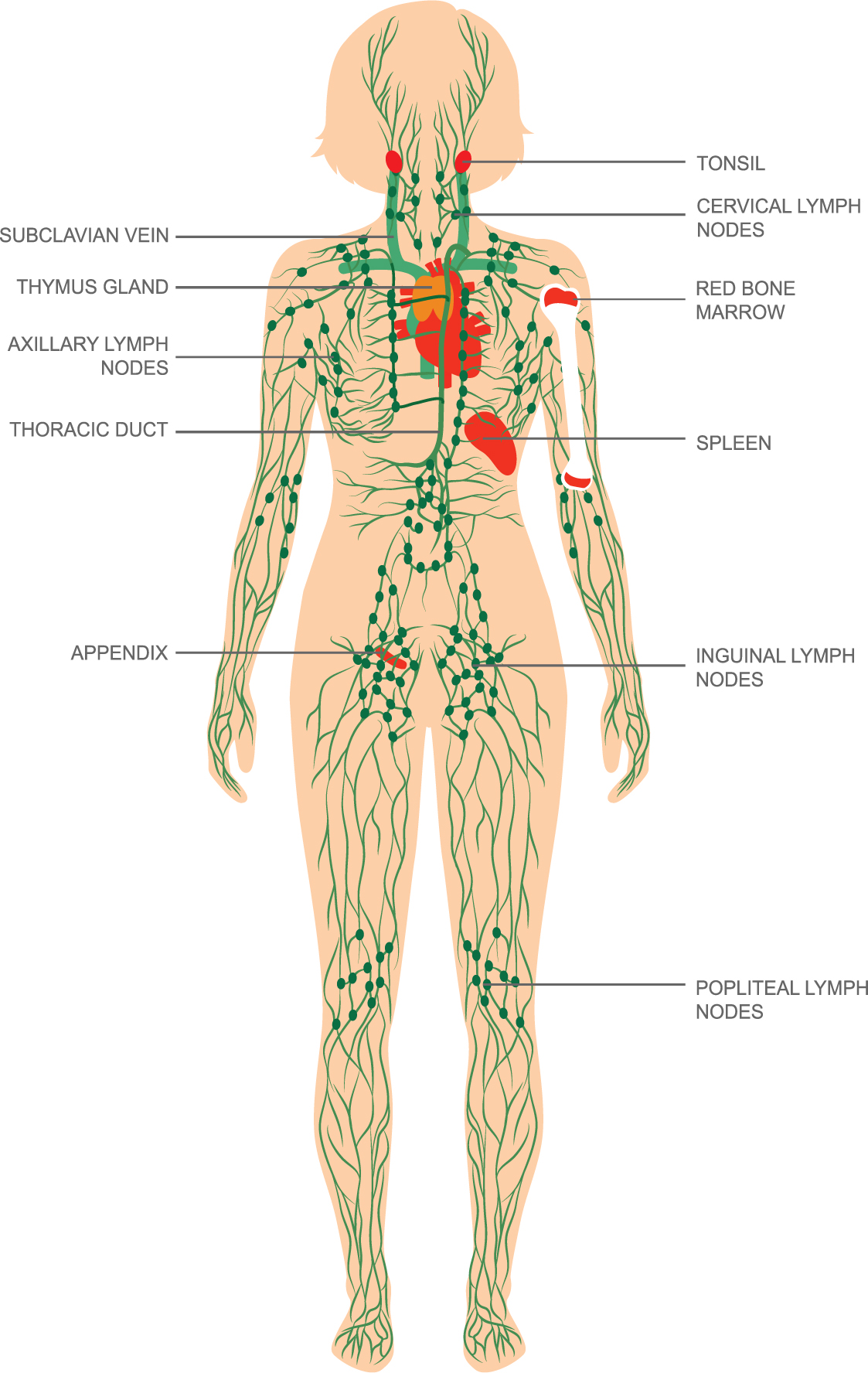
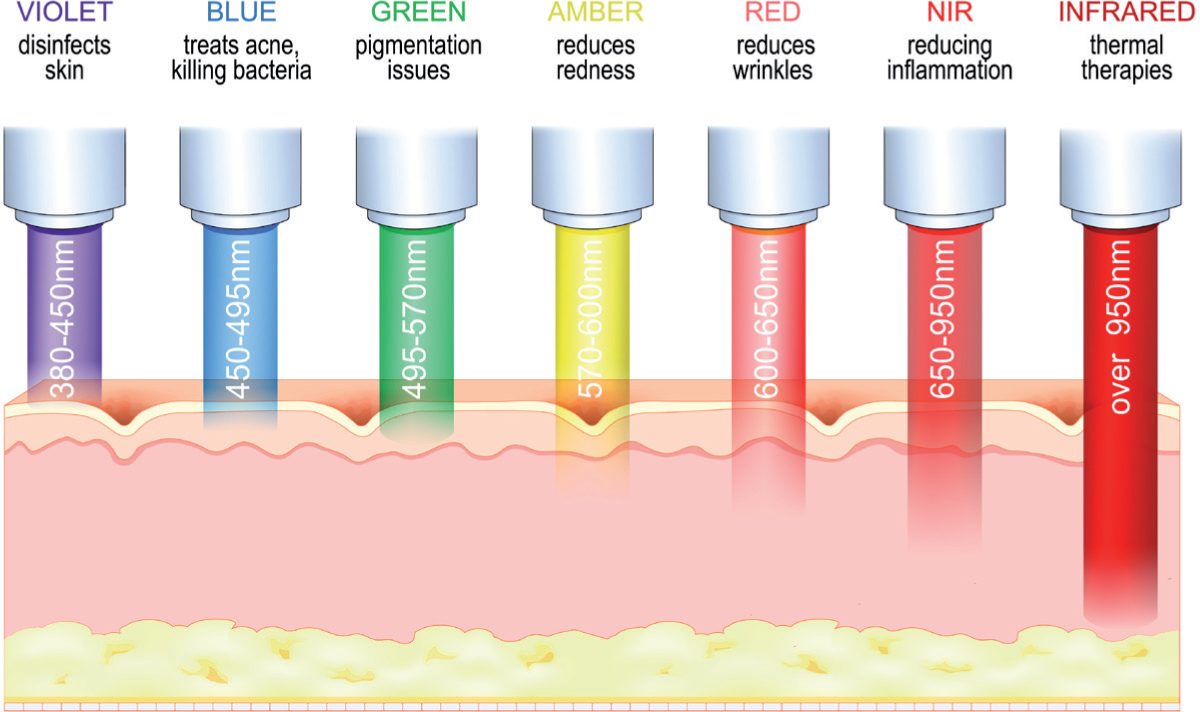
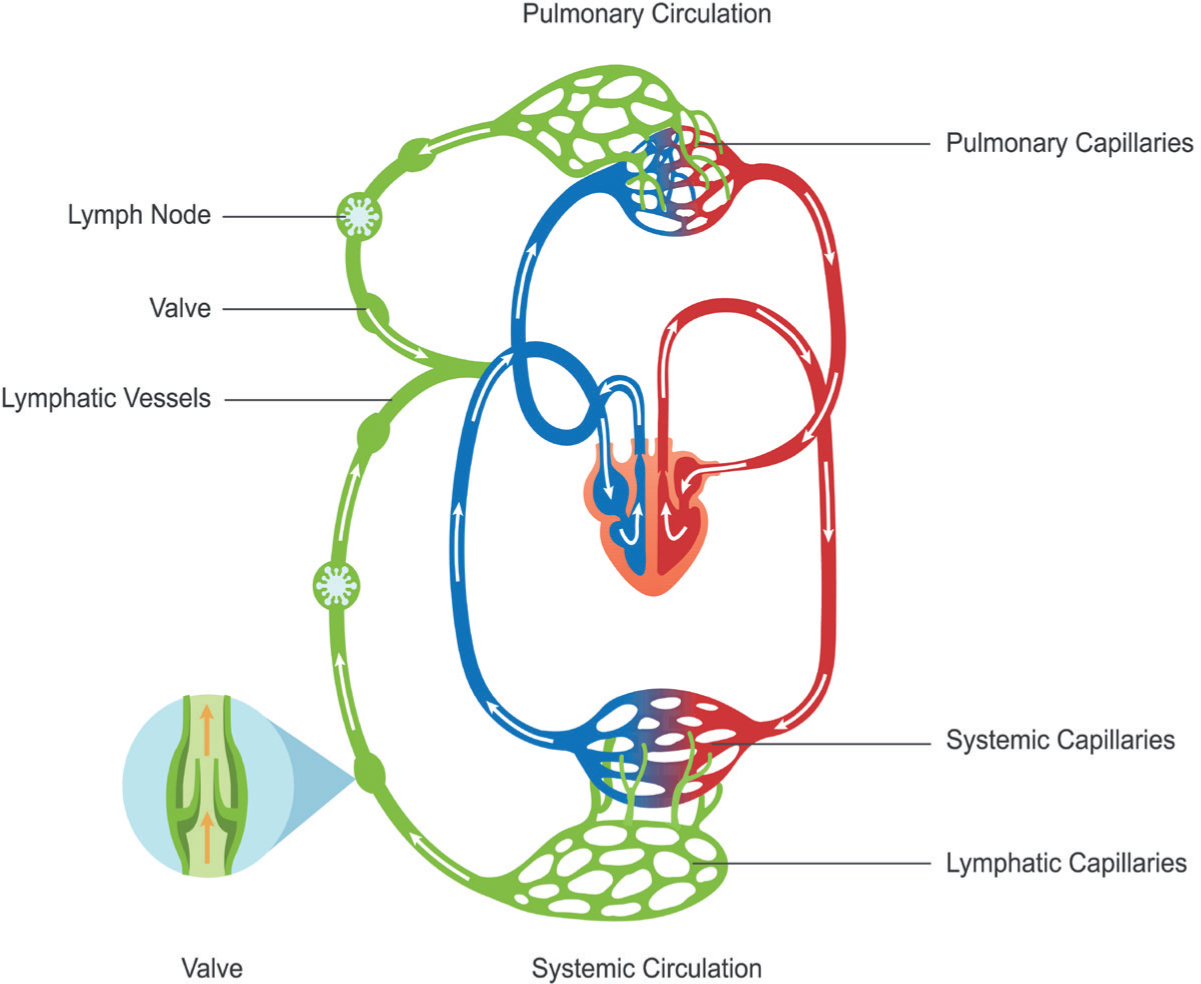
Therefore, treatments that target excess body fat have not only the potential to improve body image, but also to improve the all around health and wellness of patients by decreasing chronic inflammation and slowing cellular drivers of premature ageing.
Emerald Laser™: low-level laser therapy for fat loss
Although decreasing caloric intake and increasing exercise are the obvious means for fat loss, this is not always possible for everyone, leading to increased demand for other methods.
Unfortunately, many fat loss procedures and treatments are plagued with the risk of severe side effects or the complications of risky surgery. Even the most recently developed category of weight loss drug – GLP-1 inhibitors, namely semaglutide – which have gained huge popularity recently, come with complications including nausea and other gastrointestinal problems, leading some to abandon treatment (Alanazi et al, 2024).
Low-level laser therapy (LLLT) also known as non-thermal laser therapy, has emerged as an alternative non-invasive procedure for lysing excess fat without the negative side effects associated with weight loss drugs and surgical methods.
Clinical studies have demonstrated that treatment with LLLT resulted in a significant reduction in weight, BMI, waist circumference, waist-to-hip ratio, and body fat mass, as well as a significant improvement in quality of life in both non-obese and obese subjects (Croghan et al, 2020; Roche et al, 2017; Jackson et al, 2009). Erchonia's® Emerald Laser™ is an LLLT device with FDA market clearance as a full body fat loss treatment that allows clients to target areas of stubborn fat. The Emerald Laser™ treats overall body circumference and is the only device FDA cleared to treat those with a BMI of up to 40. Notably, unlike other fat loss treatments, the Emerald Laser™ has no reported negative side effects.
Shrinkage of fat cells rather than lysis
The Emerald Laser™ LLLT is a light source treatment that works by a process known as photobiomodulation – the use of light to affect biological activity. It has long been known that light can act as a stimulus to influence cellular activity and various therapeutic benefits can be achieved by exposing tissues to specific wavelengths of light (Chung et al, 2012). LLLT emits no heat, sound or vibration. Unlike many laser therapies, instead of producing a thermal effect, low-level laser therapy acts via nonthermal, photochemical reactions in the cells.
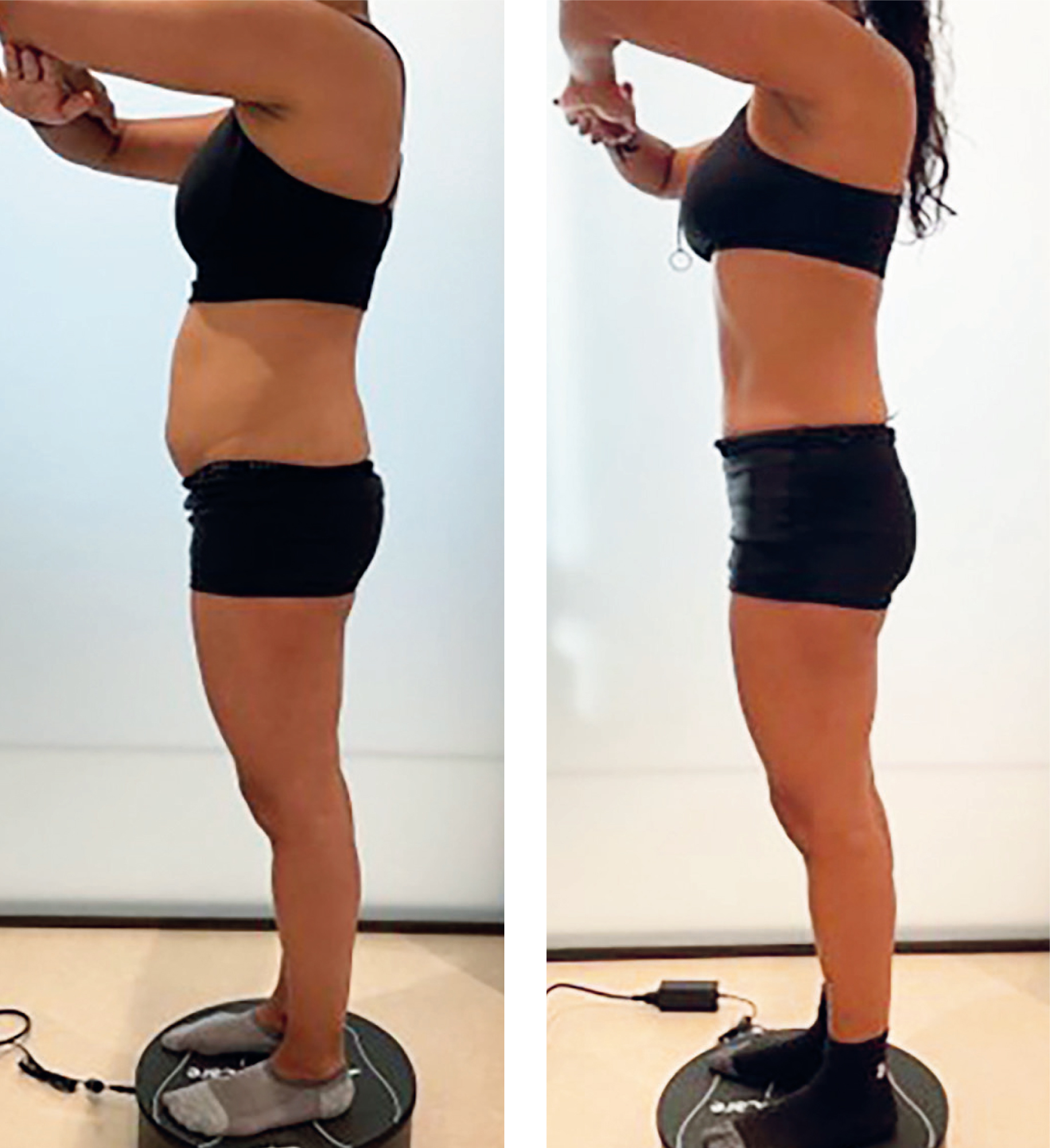
In the context of fat loss the Emerald Laser™ emits a 520-542nm wavelength of light which penetrates the skin, targeting adipocytes (fat cells). This creates a cellular reaction which creates transient pores in the adipocyte cell membrane, allowing lipids to flow out creating shrinkage rather than lysis of the fat cell (Neira et al, 2002; Avci et al, 2013). The lipids that are mobilised by the laser then enter the blood stream via the lymphatic system and are removed from the body (Caruso-Davis et al, 2011). When this happens, the shrunken adipocytes begin to act and function like healthy lean cells, restoring the normal function of the adipose tissue to a less proinflammatory state.
Whilst the shrinkage of fat cells, rather than their removal, may seem counterintuitive for a ‘fat loss’ treatment, this mechanism of action is now known to be of paramount importance for maintenance of fat loss. Recent studies have shown that fat loss treatments that focus on the lysis and removal of fat cells from the body, such as cryolypolysis (fat freezing), can cause paradoxical adipose hyperplasia (PAH) in some patients, a condition characterised by gradual, fat accumulation in the treated area only months after the procedure (Cox et al, 2022). Presumably this is a homeostatic response by the body to compensate for the loss in the total number of fat cells, highlighting that it is the size and density of the fat that is important, rather than overall fat cell number.
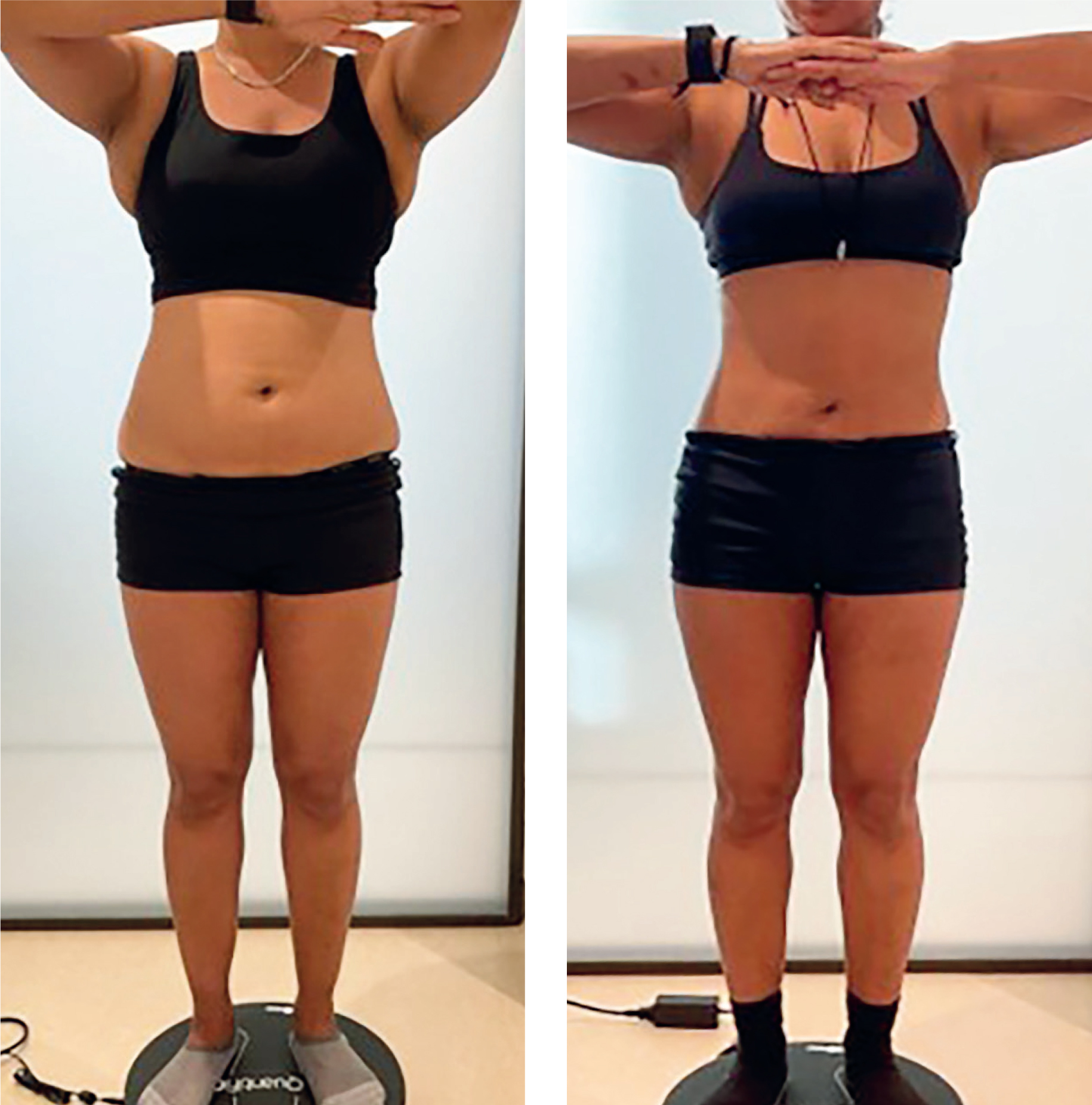
Aside from its direct effect on fat cells, the Emerald Laser™ also influences all round cellular health by targeting other cellular components that are sensitive to photobiomodulation by the 520-542nm wavelength of light, in particular the mitochondria (Hu et al, 2007).
The mitochondria are the energy powerhouses of the cells and perform oxidative phosphorylation to generate adenosine triphosphate (ATP) for cellular energy. Photons of laser energy specifically excite cytochrome c oxidase in the mitochondria leading to increased activity and ATP production. Consequently, by altering the cellular redox state, this induces the activation of numerous intracellular signalling pathways promoting cell survival, repair and regeneration (Hamblin, 2018).
Treatment protocol
Most clients who undergo an Emerald™ Laser treatment protocol focus on their waist, thighs and hips, but it can also be used on other problem areas such as the arms, ankles, chest and back due to its clearance to treat the whole body.
The treatment protocols advised by the company as a result of the studies conducted involves patients undergoing a course of 6-10 Emerald Laser™ treatments, split into 1-2 sessions per week. Each session lasts 30 minutes, which can treat two areas. For example, if looking to reduce unhealthy fat around the waist section, the patient will have 15 minutes lying on their back to address the abdomen and flanks, and 15 minutes lying on their front to treat the lower back and flanks. This would result in a 360 degree reduction in that given area.
Clinical results (see images A-D)
At the initial consultation, the patient stated a treatment goal of ‘fat loss’, specifically around the abdomen. After looking for ways to aid fat loss, improve health and overall appearance, she came across the Emerald Laser™ online and researched accordingly.
The patient works from home, and would cycle approximately 20km at a slow pace most days, along with strength and resistance training. The patient is a non-smoker, and was drinking 10-14 units of alcohol per week prior to treatment. She was drinking 2-3 litres of water per day, sometimes more.
The patient decided that low-level laser therapy was a suitable treatment in comparison to other technologies and procedures that currently exist. In particular, she was interested in ‘biohacking’ and was encouraged by the wellness benefits offered by the Emerald Laser™, including feeling more energised after treatments.
The patient underwent a course of 15 Emerald Laser™ treatments in combination with 15 whole body cryotherapy sessions immediately after (lasting between 3-6 minutes). During the course of treatment, the patient continued her physical activity of cycling, strength and resistance training, and walking a minimum of 10,000 steps per day. The patient had reduced her alcohol intake as advised and was able to drink at least 3 litres of water per day.
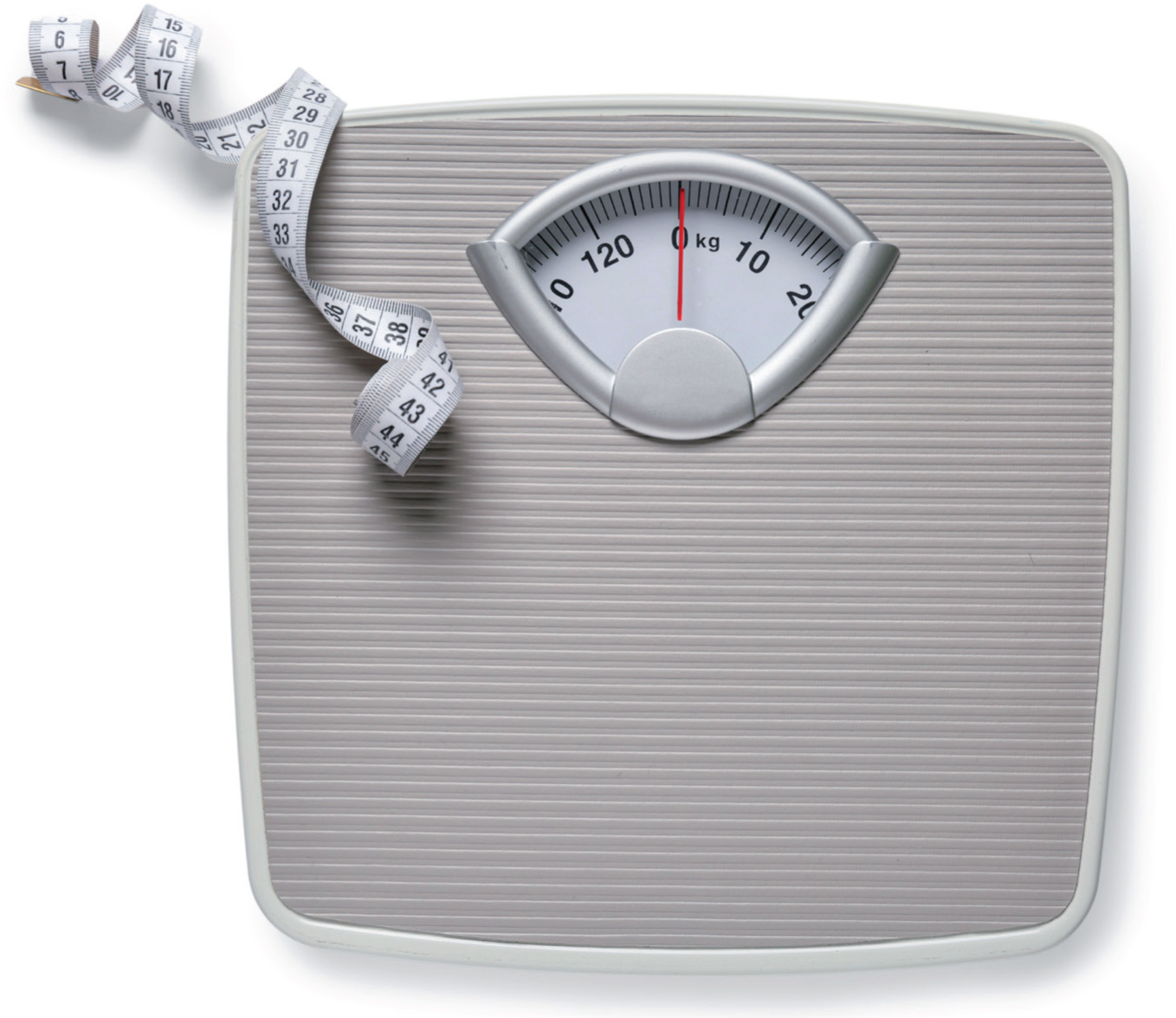
The patient displayed a total loss of 3.1 inches from the waist, and 5.2 inches from below the navel.
The patient was very happy with her result and has since re-attended the clinic for maintenance sessions and other cosmetic/biohacking treatments.
Pre course measurements:
Waist: 30.6 inches. Below navel: 36.6 inches
Post course measurements:
Waist: 27.5 inches. Below navel: 31.4 inches.
Conclusion
As demonstrated by this clinical case, in addition to improved physical appearance and self-esteem, decreasing body fat with the Emerald Laser™ may have far-reaching health consequences.
Integration of the Emerald Laser™ device into aesthetic practice offers a tool to address whole body health and seeks to enhance not just physical appearance but also the overall quality of life of patients. This paradigm shift reflects a deeper understanding of beauty as a component of overall health and wellness, and the movement towards integrative approaches that prioritises holistic health.



